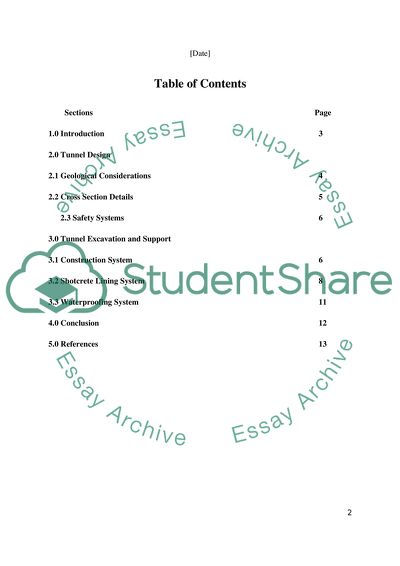Cite this document
(Construction Techniques and Materials in the A3 Hindhead Tunnel Research Paper, n.d.)
Construction Techniques and Materials in the A3 Hindhead Tunnel Research Paper. Retrieved from https://studentshare.org/engineering-and-construction/1736147-civil-engineering-construction
Construction Techniques and Materials in the A3 Hindhead Tunnel Research Paper. Retrieved from https://studentshare.org/engineering-and-construction/1736147-civil-engineering-construction
(Construction Techniques and Materials in the A3 Hindhead Tunnel Research Paper)
Construction Techniques and Materials in the A3 Hindhead Tunnel Research Paper. https://studentshare.org/engineering-and-construction/1736147-civil-engineering-construction.
Construction Techniques and Materials in the A3 Hindhead Tunnel Research Paper. https://studentshare.org/engineering-and-construction/1736147-civil-engineering-construction.
“Construction Techniques and Materials in the A3 Hindhead Tunnel Research Paper”. https://studentshare.org/engineering-and-construction/1736147-civil-engineering-construction.


